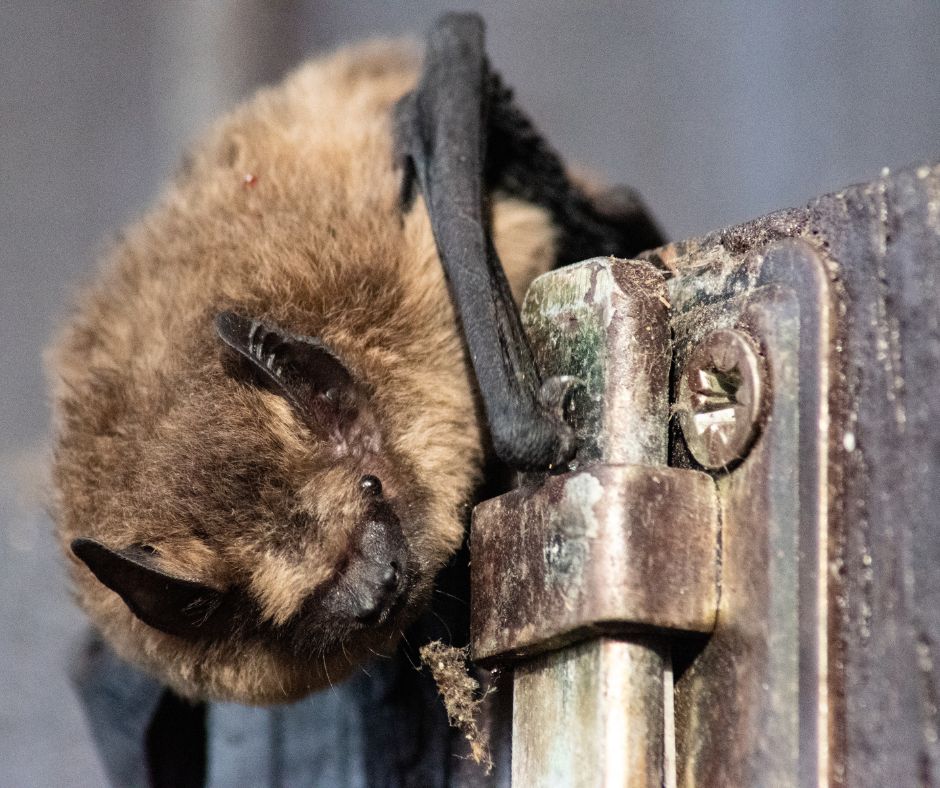 The Importance of Bat Exclusion
The Importance of Bat Exclusion
The Importance of Bat Exclusion
Do you have bats inside your attic in Westchester, NY? Bats are known to spread diseases like rabies, and they will soil your insulation with massive piles of guano, which can spread the respiratory disease histoplasmosis. Bats shouldn’t be living in your attic, but removing them can be tricky. While raccoons and squirrels can be easily trapped and removed at any time of the year, bats are a different story. Bats are federally protected animals that must be handled carefully and only removed under certain conditions. That’s why Jim Driesacker, owner of Westchester Wildlife, invented the Batcone and Pro-Cone, which are exclusionary one-way devices that allow bats to leave your attic but not re-enter. If you need bat removal and exclusion in the Westchester, NY area, contact the bat experts at Westchester Wildlife today at (800) 273-6673!
Why Are Bats Federally Protected?
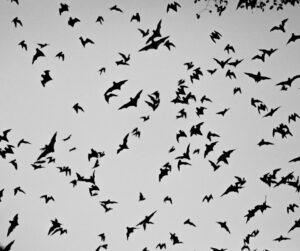 Bats are federally protected because of their ecological importance and endangered status. Bats are the original pest control technicians, as recent studies estimate that bats eat enough insect pests to save more than $3 BILLION dollars per year in pesticide costs and crop damage for American farmers. Bats can significantly reduce the population of harmful insects like mosquitoes in your yard. Bats are also expert pollinators and seed dispersers, and their continued presence is crucial to the growth of peaches, agave, bananas, and many other fruits. Unfortunately, bat populations are declining due to the presence of white-nose syndrome, which is a fungal disease that can easily spread through bat and human activity, killing off entire colonies of bats in the process. Because of this, bats are federally protected and must be handled with care. Unfortunately, conflict between humans and bats may arise when bats make their way inside your attic.
Bats are federally protected because of their ecological importance and endangered status. Bats are the original pest control technicians, as recent studies estimate that bats eat enough insect pests to save more than $3 BILLION dollars per year in pesticide costs and crop damage for American farmers. Bats can significantly reduce the population of harmful insects like mosquitoes in your yard. Bats are also expert pollinators and seed dispersers, and their continued presence is crucial to the growth of peaches, agave, bananas, and many other fruits. Unfortunately, bat populations are declining due to the presence of white-nose syndrome, which is a fungal disease that can easily spread through bat and human activity, killing off entire colonies of bats in the process. Because of this, bats are federally protected and must be handled with care. Unfortunately, conflict between humans and bats may arise when bats make their way inside your attic.
Bats in the Attic Damage
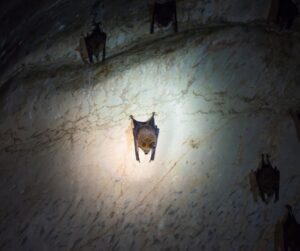 Your attic provides the perfect place for bats to roost, as it is dark, warm, and safe from predators and the elements. While bats in your attic can keep your pest population down by feeding in your yard at night, these animals can also spread several serious diseases and damage your insulation. Bats are known carriers of rabies, and if a bat gets inside the living areas of your home, it is crucial to capture the animal and test it for the rabies virus. Any skin-to-skin exposure with a bat must be treated as a potential rabies exposure. Bats will hang upside down in your attic and drop massive piles of guano, or bat droppings, inside your insulation. Bat guano not only soils the insulation and damages its ability to regulate heat, but it also contains the spores that cause the fungal lung infection histoplasmosis.
Your attic provides the perfect place for bats to roost, as it is dark, warm, and safe from predators and the elements. While bats in your attic can keep your pest population down by feeding in your yard at night, these animals can also spread several serious diseases and damage your insulation. Bats are known carriers of rabies, and if a bat gets inside the living areas of your home, it is crucial to capture the animal and test it for the rabies virus. Any skin-to-skin exposure with a bat must be treated as a potential rabies exposure. Bats will hang upside down in your attic and drop massive piles of guano, or bat droppings, inside your insulation. Bat guano not only soils the insulation and damages its ability to regulate heat, but it also contains the spores that cause the fungal lung infection histoplasmosis.
Batcone and Pro-Cone
The Batcone and Pro-Cone are one-way devices that allow bats to leave the attic, but do not provide a surface that the bats can land on and climb up, which prevents them from getting back inside the attic. Jim Driesacker, owner of Westchester Wildlife, invented the Batcone and Pro-cone after working in the wildlife removal industry in the rural and suburban areas of New York and Connecticut. Bat infestations were common, and an exclusion device was needed to assist in the increasing demands of bat removal services from both residential and commercial structures. Batcone and Pro-cone products are endorsed by the Organization for Bat Conservation and Bat Conservation International. Batcones and Pro-cones are crucial for bat exclusion as they allow the bat to leave on its own terms and find a new nest that’s not in your attic, which helps keep the bat population in Westchester healthy and thriving. If you need bat removal and exclusion, trust the bat experts at Westchester Wildlife.
Best Bat Removal Service in Westchester, NY
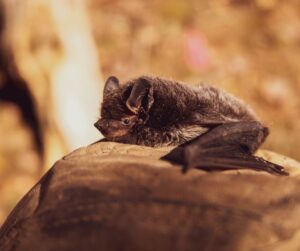 Bats are a federally protected animal that is very beneficial for the environment, as they eat thousands of insect pests per night, protect crops from pests, pollinate for crucial plants, and disperse fruit seeds. Bats must be handled with care, and the best way to deal with a bat infestation in your attic is to contact the bat experts at Westchester Wildlife for safe, humane bat removal and exclusion services. We will utilize the Batcone and Pro-cone products to safely exclude bats, then after the entire population is gone, we can seal off the property, ensuring that bats stay outside where they belong. If you need bat removal services in Westchester County, contact our team today to get started with a FREE estimate at (800) 273-6673!
Bats are a federally protected animal that is very beneficial for the environment, as they eat thousands of insect pests per night, protect crops from pests, pollinate for crucial plants, and disperse fruit seeds. Bats must be handled with care, and the best way to deal with a bat infestation in your attic is to contact the bat experts at Westchester Wildlife for safe, humane bat removal and exclusion services. We will utilize the Batcone and Pro-cone products to safely exclude bats, then after the entire population is gone, we can seal off the property, ensuring that bats stay outside where they belong. If you need bat removal services in Westchester County, contact our team today to get started with a FREE estimate at (800) 273-6673!
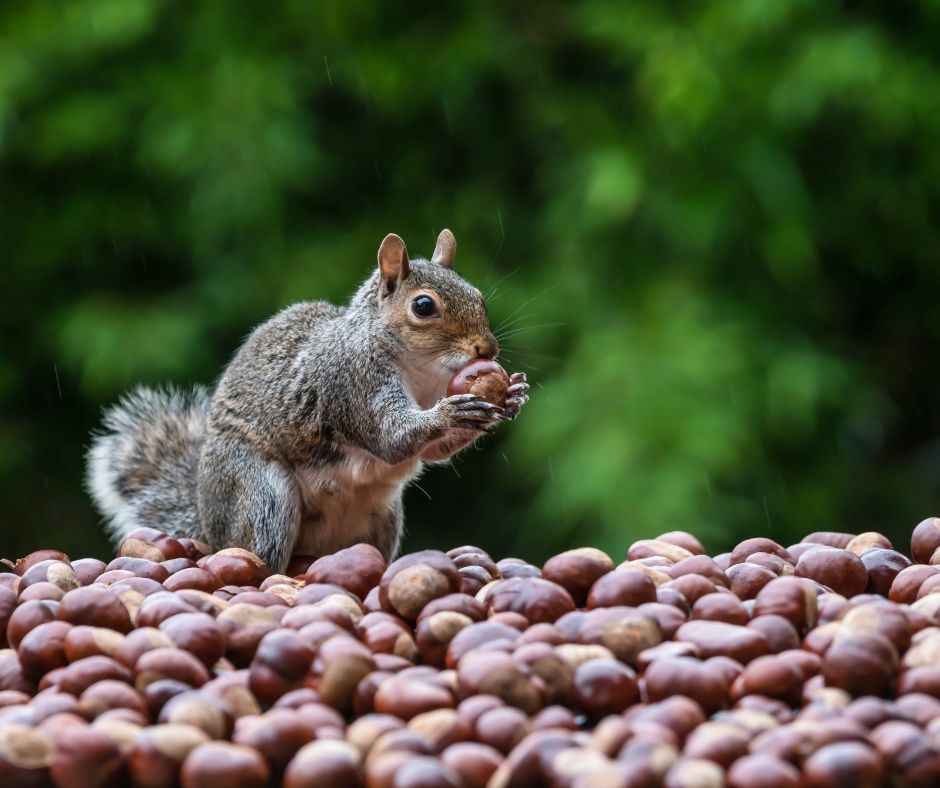 How Do Squirrels Prepare For Winter?
How Do Squirrels Prepare For Winter?
How Do Squirrels Prepare For Winter?
Labor Day has come and passed, and summer will soon be on its way out. As we get ready for the holidays and the colder weather of fall and winter, you might notice squirrels are more commonly out and about, scurrying across treetops and scavenging for food. Squirrels spend most of the summer and especially fall building up large storages of food that can satisfy them through the winter. Squirrels will also eat as much as possible, packing on fat stores that can keep them warm and sustain them when food is low. Additionally, squirrels will begin building nests inside trees or attic spaces to provide shelter for them and their young during the colder months.
If you have squirrels causing damage on your property, don’t panic. Squirrel populations can be easily handled through habitat modification and a good trapping and exclusion program. Westchester Wildlife can help, we offer the best squirrel trapping, removal, and exclusion services in Westchester County. Don’t get stuck with squirrel roommates this winter, contact our team to get started today with a FREE estimate at (914) 760-5713!
What Do Squirrels Eat?
During the fall, squirrels will be constantly on the move, searching for food they can consume to pack on the pounds or to store in a cache for the winter. Squirrels are major omnivores, and will eat pretty much anything that they can get their paws on. The main staples of the squirrel’s diet are nuts, seeds, and fruits, which they will scavenge for from trees, gardens, and birdfeeders. You might find squirrels feeding on plant roots and mushrooms. Squirrels also enjoy human foods that are high in fat or sugar, like cheese or cereal. If you have pet food that you are leaving out overnight, squirrels will raid these bowls for the food inside. Squirrels will also go after unprotected bird eggs, as well as some insects, grubs, worms, and small lizards.
Squirrel Hoarding
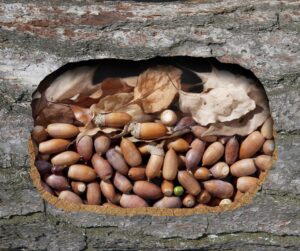 While squirrels will eat pretty much anything edible, they prioritize nuts and seeds above all else, as these can be stored inside their food caches for later use. Nuts and seeds can be eaten during the cold, dead, winter months, when food like plant roots, bird eggs, and insects are scarce. Squirrels store their food in caches, either in a scatter system or a larder system. Scatter systems involve squirrels digging numerous shallow pits, with a few nuts or seeds placed in each, and then over the winter months, digging them back up and eating them. Larder systems involve squirrels storing massive amounts of nuts and seeds in one location, like a tree cavity. If a squirrel has gotten comfortable enough in your attic, they might store these larder caches inside your attic space or even your wall voids. Discovering a large amount of nuts and seeds stored somewhere in your home is a surefire sign that squirrels are nesting on your property.
While squirrels will eat pretty much anything edible, they prioritize nuts and seeds above all else, as these can be stored inside their food caches for later use. Nuts and seeds can be eaten during the cold, dead, winter months, when food like plant roots, bird eggs, and insects are scarce. Squirrels store their food in caches, either in a scatter system or a larder system. Scatter systems involve squirrels digging numerous shallow pits, with a few nuts or seeds placed in each, and then over the winter months, digging them back up and eating them. Larder systems involve squirrels storing massive amounts of nuts and seeds in one location, like a tree cavity. If a squirrel has gotten comfortable enough in your attic, they might store these larder caches inside your attic space or even your wall voids. Discovering a large amount of nuts and seeds stored somewhere in your home is a surefire sign that squirrels are nesting on your property.
Where Do Squirrels Take Shelter for the Winter?
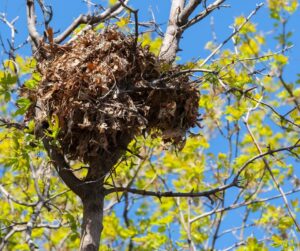 Squirrels stay active throughout the winter, continuing to dig up their food caches from the fall and search for any scarce food that they can find. However, during especially cold or snowy days, squirrels will stay inside their nests, sleeping and lowering their metabolism to conserve heat and energy. There are two main types of squirrel nests: dreys and cavity nests. Squirrel dreys are the large, scraggly clumps of dead leaves and twigs that you will see high up in large trees. Dreys are usually about 20 feet up, preferably in a tree that bears nuts, and located at the fork of two strong branches. While they look sharp and uncomfortable on the outside, the inside is usually made of soft moss or pine needles. Cavity nests are built inside a hollow tree or attic space, lined with leaves, moss, pine needles, straw, and more. Cavity nests provide squirrels with greater protection from harsh weather, heavy precipitation, and predators. Your home’s attic space provides the perfect spot for cavity nests, as the heat from your home and your soft, fluffy attic insulation provide them with a comfortable place to raise their young.
Squirrels stay active throughout the winter, continuing to dig up their food caches from the fall and search for any scarce food that they can find. However, during especially cold or snowy days, squirrels will stay inside their nests, sleeping and lowering their metabolism to conserve heat and energy. There are two main types of squirrel nests: dreys and cavity nests. Squirrel dreys are the large, scraggly clumps of dead leaves and twigs that you will see high up in large trees. Dreys are usually about 20 feet up, preferably in a tree that bears nuts, and located at the fork of two strong branches. While they look sharp and uncomfortable on the outside, the inside is usually made of soft moss or pine needles. Cavity nests are built inside a hollow tree or attic space, lined with leaves, moss, pine needles, straw, and more. Cavity nests provide squirrels with greater protection from harsh weather, heavy precipitation, and predators. Your home’s attic space provides the perfect spot for cavity nests, as the heat from your home and your soft, fluffy attic insulation provide them with a comfortable place to raise their young.
Habitat Modification for Squirrels
Squirrels can be a major nuisance when they decide to settle down on your property for the winter. Squirrels will gnaw and scratch at any cracks or gaps they can find in your roof, soffit, fascia board or rake board, and once they get inside your attic, they will rip up and soil your insulation. If you are starting to see a suspicious amount of squirrels on your property and you want to deter them from sticking around, then removing things from your yard that attract squirrels is a great start. Removing bird feeders, securing outdoor trash cans, taking in all pet food at night, and regularly removing nuts, seeds, and fruit that fall in your yard will help eliminate common food sources for squirrels. Having a licensed wildlife removal company like Westchester Wildlife come and inspect your home carefully for any entry points and then sealing these entry points can keep squirrels out.
Squirrel Trapping and Removal Services
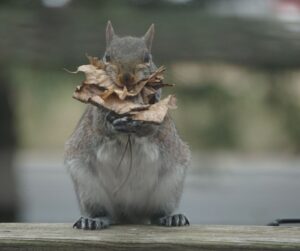 If squirrels have decided to pick your attic space as their winter home, contact the experts at Westchester Wildlife for the best squirrel trapping and removal services in Westchester County, NY. As the cooler weather of fall begins to set in, squirrels will feast on any food they can find to pack on fat, and they will start storing nuts and seeds around their territory in caches to revisit later, when food is scarce. Squirrels will nest inside tree branches, tree cavities, or, most preferably, your attic space, where they will rip up and soil your insulation. Squirrels are rodents, meaning they have prominent front teeth that never stop growing. In order to keep the length of their teeth manageable, they will gnaw on anything they can find. In your attic space, that can include wooden beams and the rubber covering around wires, which can react with the insulation and any outside nesting material and cause a house fire.
If squirrels have decided to pick your attic space as their winter home, contact the experts at Westchester Wildlife for the best squirrel trapping and removal services in Westchester County, NY. As the cooler weather of fall begins to set in, squirrels will feast on any food they can find to pack on fat, and they will start storing nuts and seeds around their territory in caches to revisit later, when food is scarce. Squirrels will nest inside tree branches, tree cavities, or, most preferably, your attic space, where they will rip up and soil your insulation. Squirrels are rodents, meaning they have prominent front teeth that never stop growing. In order to keep the length of their teeth manageable, they will gnaw on anything they can find. In your attic space, that can include wooden beams and the rubber covering around wires, which can react with the insulation and any outside nesting material and cause a house fire.
If you have squirrels inside your home, don’t panic. Our team of licensed wildlife control operators can safely trap and remove all the squirrels that have gotten inside your home. Afterward, we will repair the damage they created while getting inside, sealing off their entry points and preventing them from returning. Contact Westchester Wildlife today to get started with a FREE estimate at (914) 760-5713!
